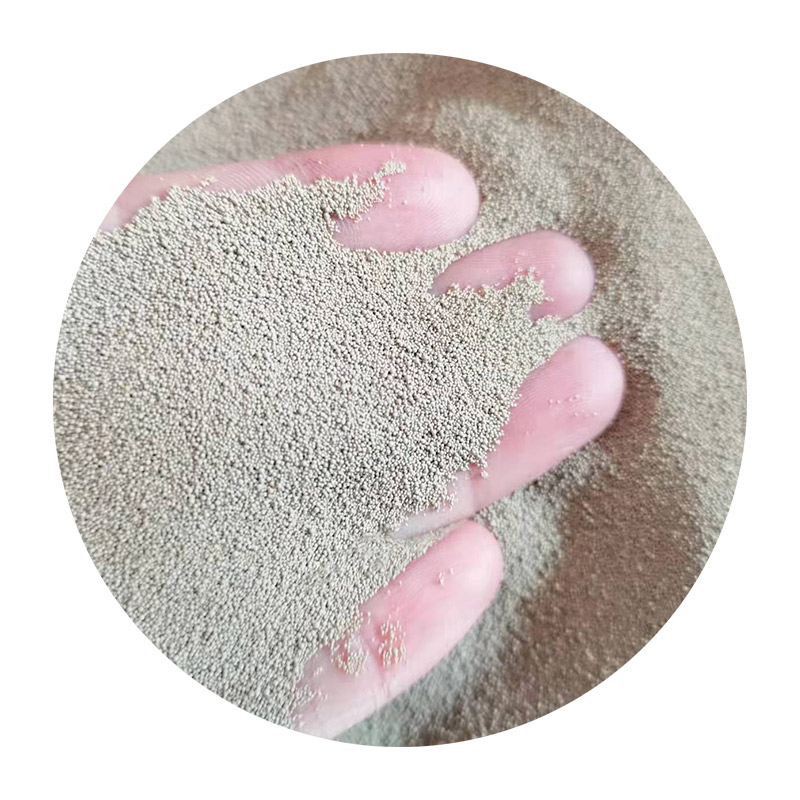The Art of Sand and Polish Resin A Blend of Craftsmanship and Innovation
In the world of contemporary craftsmanship, the process of sand and polish resin has gained significant attention among artisans and DIY enthusiasts alike. This technique not only enhances the aesthetic appeal of resin pieces but also underscores the transformative properties of this versatile material. By understanding the intricacies of the sand and polish method, creators can achieve stunning results that captivate the eye and elevate their projects.
Resin, a synthetic material, has become increasingly popular for its ability to mimic the appearance of natural materials like wood and stone while being lightweight and durable. It is commonly used in crafting jewelry, coasters, tabletops, and various decorative items. The versatility of resin allows for a boundless realm of creativity, as it can be tinted with colors, embedded with various objects, and shaped into nearly any form. However, to truly unlock its potential, proper finishing techniques are crucial, among which sanding and polishing stand out as essential steps.
The sand and polish process begins after the resin has fully cured. Curing is a vital stage where the resin undergoes a chemical hardening process, transforming it from a liquid state to a solid form. Once cured, the surface may exhibit imperfections such as bubbles, unevenness, or a sticky texture. The goal of sanding is to create a smooth and even surface, eliminating these flaws. This step is typically performed with a variety of sandpaper grits starting from coarse (around 60-100 grit) to finer grits (up to 2000 grit).
When sanding resin, it is important to keep a few key tips in mind. First, wet sanding is often recommended as it helps minimize dust and reduces the risk of scratching the surface. Applying water while sanding allows for a smoother finish and makes the process more efficient. As one progresses to finer grits, the need for water becomes paramount in achieving a glossy finish. Each pass should be thorough, and care should be taken to sand evenly across the entire surface.
sand and polish resin

Upon completing the sanding process, the resin piece will appear dull and matte. This is where polishing comes into play. Polishing involves the application of a polishing compound that will revive the shine and clarity of the resin. Various products are available on the market, specifically designed for resin finishes. A soft cloth or buffing pad can be used to apply the compound, and it is essential to work in small sections for the best results.
The final outcome of sand and polish resin work is a stunning, glossy finish that enhances the depth and color of the resin. The smooth surface not only adds visual appeal but also feels luxurious to the touch. This transformation is why many artisans invest time in perfecting the sand and polish technique; it allows their creations to stand out in an increasingly competitive market.
Moreover, this method encourages mindfulness and precision, transforming a basic craft into an art form. As artisans refine their skills, they also develop a deeper appreciation for the materials they work with. Each piece becomes a testament to their dedication and expertise.
In conclusion, the sand and polish resin technique is a pivotal aspect of resin crafting that combines artistry with technical skill. By mastering this process, creators can elevate their work, producing pieces that are not only visually stunning but also meticulously crafted. As the popularity of resin art continues to grow, so too does the importance of these finishing techniques, ensuring that the beauty of resin is brought to its fullest potential. Whether for personal gratification or commercial success, the mastery of sand and polish resin can undoubtedly make a profound impact on an artisan's journey.
Post time:Jul . 30, 2024 05:10
Next:Exploring the Various Materials Utilized in the Sand Casting Process for Metal Casting
